Hydrogen-powered Party Poppers
It's Christmas, and we're celebrating in style with a look at the science behind the things that grace the festive period. In a special programme recorded live in the kitchen, we produce our own home-made ice cream, hear about the brain-basis of the Boxing Day sales bargain, test fruit-fuelled flamethrowers, investigate candle chemistry, find out about LED fairy lights, probe the origins of the Star of Bethlehem, and make our own hydrogen-powered party popper. Merry Christmas!
In this episode

- Are LED lights harmful to health?
Are LED lights harmful to health?
Transcript to follow...
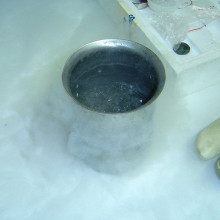
Which is a colder liquid, hydrogen or helium?
Transcript to follow...
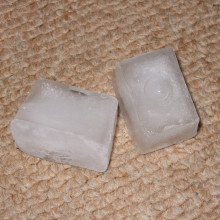
04:13 - Ice, salt and home-made ice cream
Ice, salt and home-made ice cream
with Dominic Ford and Dave Ansell
Why do we put salt on the roads in winter and how did the Victorian's use the same science to make salt in their day?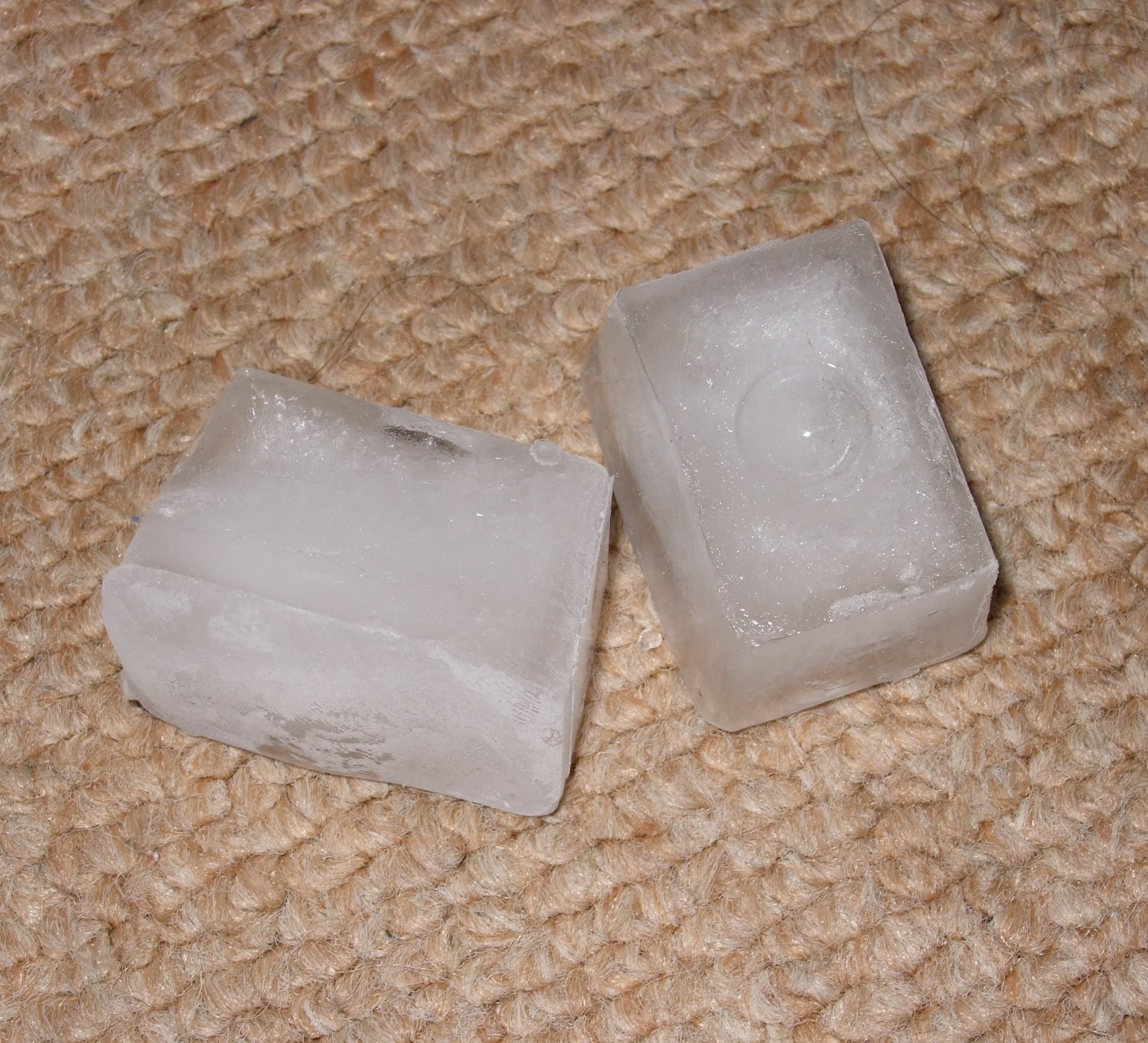
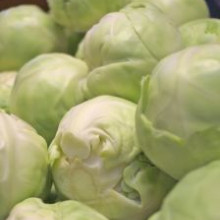
10:37 - Why do Brussels Sprouts make you fart?
Why do Brussels Sprouts make you fart?
with Sarah Castor-Perry
Every Christmas, one vegetable divides opinion - Brussels sprouts. Some of us love them, some of us hate them, but eating them can have some, er, embarrassing consequences...
Sprouts aren't the only things that cause gas to build up in our intestines - 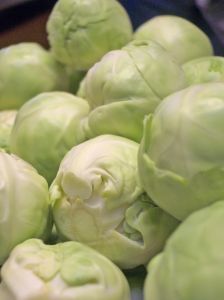 baked beans are notorious in this department too. But what actually is flatulence?
baked beans are notorious in this department too. But what actually is flatulence?
Well, some of it is caused by swallowed air - we all swallow some air when we eat and drink, but the worst offenders are gum chewers.
Some of this swallowed air comes back up again as a burp, but any that doesn't can pass through the digestive tract and emerge again at the other end in the usual tuneful fashion.
But most of the gas that ends up as flatulence is actually formed "fresh" inside our intestines by the colonies of bacteria that live there; as a normal part of their microbial metabolism, they can pump out variable volumes of nitrogen, methane, carbon dioxide and hydrogen.
These are thankfully all odourless and largely harmless gases, although hydrogen and methane are quite combustible, as some party pranksters armed with a lighter and a convenient bout of wind will attest to...
Unfortunately, some of the other gaseous products of bacterial digestion are much less easy on the olfactory system. Hydrogen sulphide reeks of rotten eggs, and methyl mercaptan, which stinks of mouldy cabbages, is the same stuff that is deployed by skunks as part of their repellent arsenal...
But why are some foods far more "fartogenic" than others, and why does the bouquet of some airborne toxic events place them on the cusp of being classified as chemical weapons?
As a rule, foods that trigger flatulence are those that can't be completely broken down in the stomach or small intestine. This means that partially-digested foodstuffs then make their way into the colon where they can fuel a large-bowel bacterial banquet, with predictable odiferous effects...
And this is where sprouts come in. Sprouts, along with onions, beans and dairy products, are hard to digest in the stomach and small intestine because our bodies can't produce the enzymes needed to break down some of the chemical components they contain.
The main culprit in sprouts is a complex sugar called raffinose, which is also found in cabbage, broccoli, cauliflower, kale, and, in fact, all members of the brassica family of vegetables.
Raffinose is broken down by an enzyme called alpha-galactosidase, but as we don't make this enzyme in our guts, the raffinose, together with other complex sugars like the inulin which is present in beans, arrive in the large intestine. Some of the bowel bacteria are armed with the necessary chemical knives and forks to break these sugars down, but in the process, they churn out hydrogen, methane and carbon dioxide.
OK, so that's why sprouts make you produce gas, but why the particularly pungent smell that you often get as an unwelcome addition to the Christmas table?
Well, one thing that all brassicas also have in common is that they are full of sulphur-containing defensive chemicals. They're there to deter animals from feeding on their leaves, and are also what cause the strong and sometimes bitter flavours of these vegetables that puts some people off eating them at all.
And it's these sulphur-containing chemicals that the bacteria turn into hydrogen sulphide and methyl mercaptan. Added in small amounts to the bulky sugar-fuelled fart gas already being produced, these gases are offenders that can clear a room in seconds.
But is there any way of solving the problem, apart from avoiding sprouts in the first place of course?
Unfortunately, some people are just more prone to producing their own airborne toxic events owing to the unique community of bacteria with which they are colonised. Some guts are just more fart-friendly, you could say.
And if this is the case for you, then perhaps Buck Weimer, of Pueblo Colorado can help? He won an IgNobel prize in 2001 for his invention of underwear that contains a removable filter to help soak up nasty niffs.
For those who don't like the sound of charcoal-stuffed pants, there are some enzyme-containing dietary supplements that can help break down the complex sugars, reducing the personal fart-risk, but fart experts agree, there's no sure fire way to prevent those Brussels sounding a bum note on boxing day...
Merry Christmas!
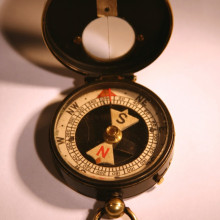
Is north really north?
Transcript to follow...

17:31 - Are brains bamboozled by special offers?
Are brains bamboozled by special offers?
with Paul Mullins, University of Bangor
 How good are we are detecting what really constitutes a bargain?
How good are we are detecting what really constitutes a bargain?

Why aren't peas and sweetcorn digested?
Transcript to follow...
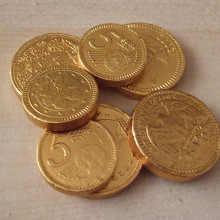
33:00 - Whoosh! Money to burn, or not...
Whoosh! Money to burn, or not...
with Dave Ansell
Whoosh! Money to burn, or not. Why an alcohol-soaked ten Pound note won't actually singe...
Transcript to follow...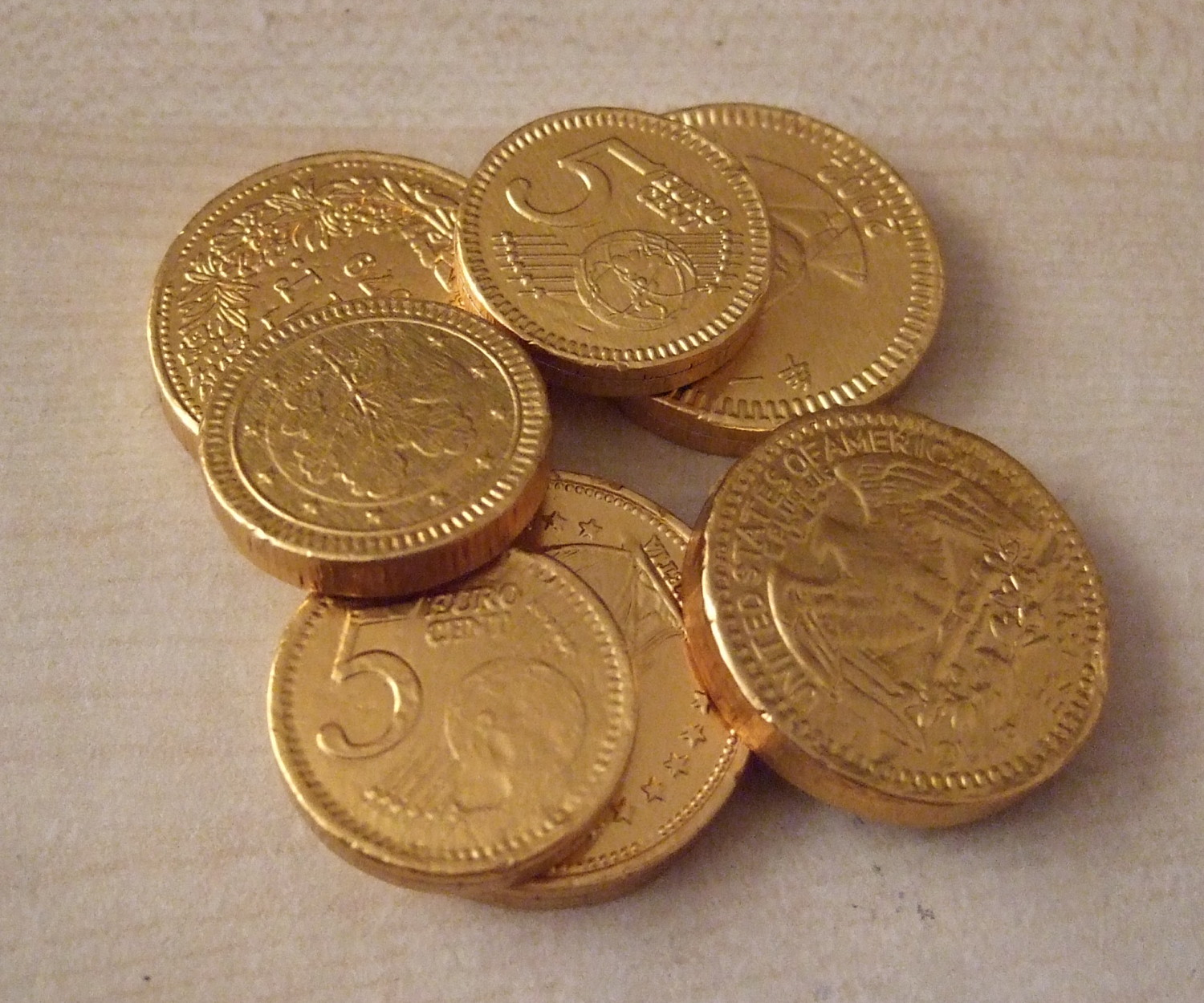
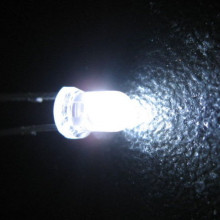
35:29 - Fairy lights and LEDs
Fairy lights and LEDs
with Colin Humphreys, Cambridge University
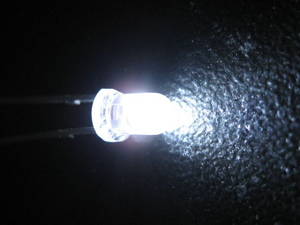 Blown fairy lights are a thing of the past since the strings of incandescent bulbs used to bedeck Christmas trees have been replaced by LEDs. Cambridge University's Colin Humphreys explains how they work...
Blown fairy lights are a thing of the past since the strings of incandescent bulbs used to bedeck Christmas trees have been replaced by LEDs. Cambridge University's Colin Humphreys explains how they work...
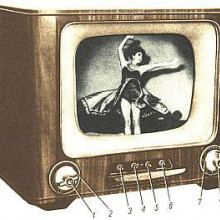
What happens to TV signals at light-speed?
Transcript to follow...

46:09 - The Star of Bethlehem
The Star of Bethlehem
with Professor Colin Humphreys, University of Cambridge
Chris - We're joined by Colin Humphreys from Cambridge University. Colin, you think that Jesus is going to have to move his birthday by about 5 years.
Colin - Yes I do. And I also think we're going to have to move Christmas to spring, as well.
Chris - So what's the basis for arguing that?
Colin - Well the key question is, What is the star of Bethlehem, which the gospels say was seen when Jesus was born? And I believe the star of Bethlehem was a comet, and we can look through Chinese records, we have detailed Chinese records. And the only star which fits, between say 20 B.C. and 10 A.D, that sort of period when Jesus might have been born, is a comet which appeared in 5 B.C. The Chinese records say it was a spectacular comet with a very long tail, and it lasted for 70 days. And I believe this was the star of Bethlehem.
Chris - Do you know what that comet could have been? Do we have any idea where it could have come from or how long it stuck around? Is it still out there somewhere?
Colin - Now that's a really good question. The answer is we don't know, because we need more observation. Some comets have elliptical orbits, like Haley's comet, which means it keeps coming back with a certain periodicity. But other comets are just a parabola, which is an open orbit. So you just see some comets once and that's it you never see them again.
Chris - So why do you think that this is a particularly strong contender?
Colin - I think this is a particularly strong contender because Matthew's gospel says the star stood over the place where Jesus was born. And lots of Christmas cards have sort of a star over a house. But what this means is, the Magi who were travelling from Jerusalem towards Bethlehem, they saw the star ahead of them standing over Bethlehem. And there's only one star which can seem to stand over a place and that's a comet. And a comet can appear to stand over a place because it has a long upward pointing tail, which points the head of a comet towards a particular place. And we have in ancient literature, two other examples of comet's standing over a place. Diocasius, a Roman historian, says that a star called Comet stood over Rome. And we can calculate when that was. That was in fact Haley's comet of 12 B.C. And Diocasius said this star stood over Rome. And then Joseph who was a Jewish historian, said a star shaped like a sword stood over Jerusalem. And in the ancient world, comets were often called swords because of their long tails. So we have two other descriptions of stars, we know both were comets and both of them were said to stand over a place. So when the Bible says this star stood over a place, I think it must have been a comet.
Chris - Would it have looked the same, wherever you were observing it from on the earth though? Because presumably the Chinese could see it, would it look the same from the Holy Land?
Colin - That's a really good question. So the place a comet appears to stand over depends on where the observer is. So a comet is low in the horizon, and when the Magi were travelling from Jerusalem to Bethlehem, they would have seen it appearing to stand over Bethlehem but actually it was many many miles away, low in the horizon. So it depends where the observer is.
Chris - What are the other contenders for the star of Bethlehem apart from your comet theory?
Colin - Well the most popular theory is a triple conjunction of Saturn and Jupiter. What's meant by a conjunction of Saturn and Jupiter, is when two planets are in line with the earth, so they all come together and they look as though they're just one planet. And that's a conjunction of planets. And in 7 B.C., this happened three times. So Saturn and Jupiter came together and separated, came together and separated, came together and separated. And that's the main contender for the star of Bethlehem. And the reason is, if you go back to what the astrologers believed, then Saturn was the father God, Jupiter was his Son. So when Saturn and Jupiter came together and separated, people have said a Son has been born to God. And the star background in the sky in which this happened, the constellation's name was Pisces, and the ancients mapped star backgrounds on to regions of the earth. And Pisces was mapped on to Israel in Babylonian astrology. So when you have Saturn and Jupiter coming together against a background of Pisces, the astrologers have said this means that a Son of God is being born in Israel. And lots of people think that's the star of Bethlehem. I think that was a precursor. I think that told them that something was going to happen. But the comet told them, it's happening now.
Chris - Obviously you've said that we may never see this comet again. Is there any way to prove your theory or is it going to have to remain just a conjecture which has some basis for it, along with many others?
Colin - There's certain things which suggest that this is really plausible. One is, you can say how do we know the Magi were interested in this triple conjunction of Saturn and Jupiter. Well we know they were because there's a place which is 30 miles north of Babylon that actually records this triple conjunction. It predicts it, they were pretty good astronomers. And so we know the Magi were interested in this triple conjunction. We also know that people are interested in comets, and another astronomer called Ptolemy, says "A comet in the east means an event is about to happen". So there's lots of things you can put together which suggest this. And the first writer that we know who identified what the star of Bethlehem may have been, writing in the 3rd Century A.D., a guy called Origin, he says "I believe the star of Bethlehem was a comet". So there's a lot of pointers that it really was a comet.
Dave - Mary and Joseph were meant to be going to a Census, to get written up. How does historical records of when they did Censuses relate to your theory?
Colin - Ok well the question of the census is a really good question, and this has puzzled people for a really long time. We have records of when the Roman censuses were. And there were none for that time, for taxation purposes. But another historian tells us that there was a census, not for taxation purposes but a census of allegiance. What happened was, the Roman emperor said "I want everyone to sign up their allegiance that they obey me as the Roman emperor". And the historian Josephus tells us that 5000 Jewish people didn't do this. And they were all slaughtered. So this could well have been the census. And from what Josephus writes, the census was in about 5 B.C.
Chris - That's Colin Humphreys from Cambridge University.
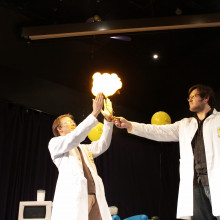
49:59 - Hydrogen Party Popper
Hydrogen Party Popper
with Dave Ansell
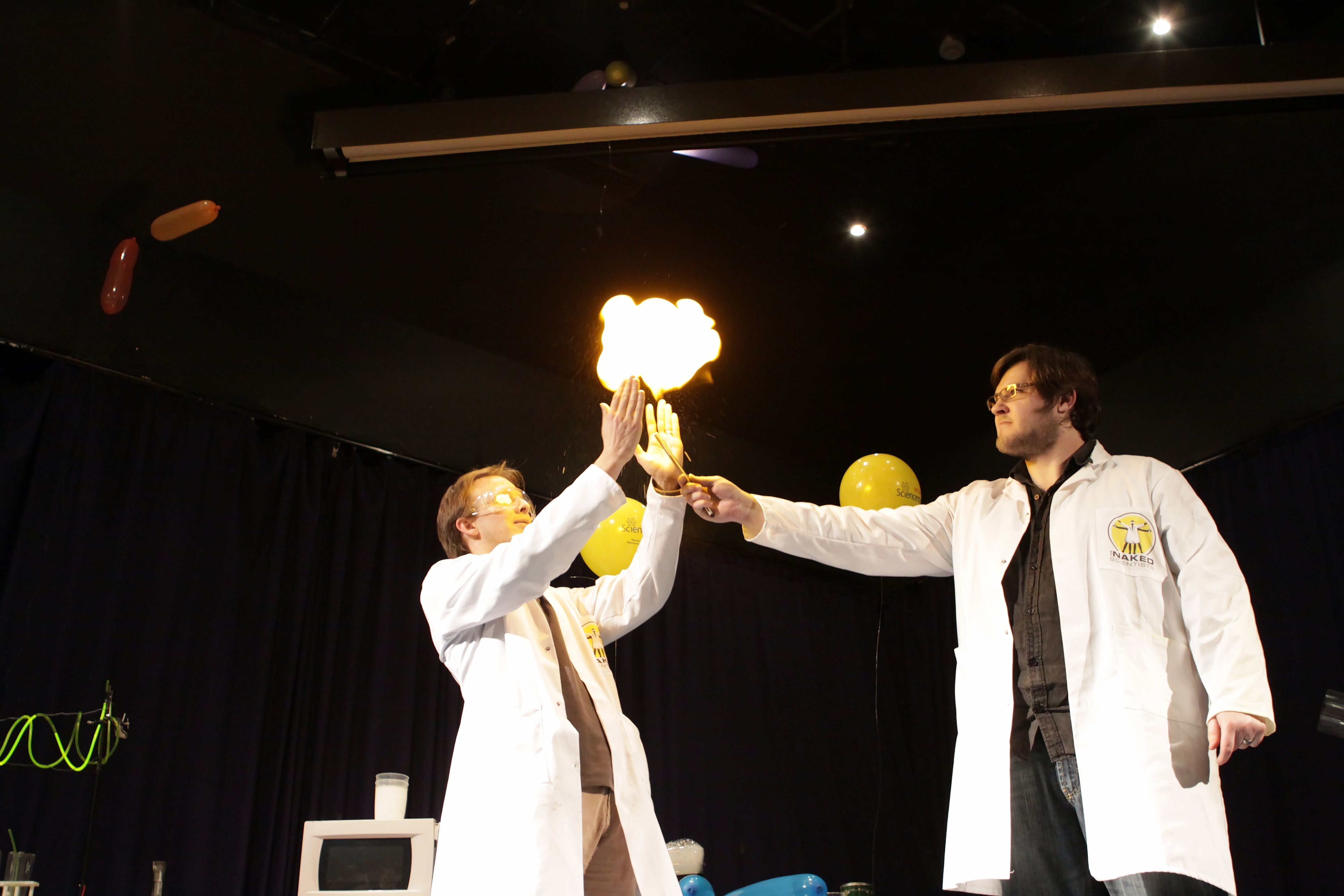 Tired of pathetic party poppers lacking propulsive power? We create a much better bang, using hydrogen...
Tired of pathetic party poppers lacking propulsive power? We create a much better bang, using hydrogen...
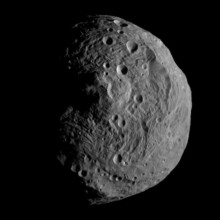
Could you jump off an asteroid before impact?
Transcript to follow...
- Previous Astronomy in South Africa
- Next Do plants have sex?
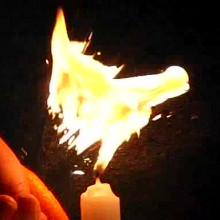










Comments
Add a comment